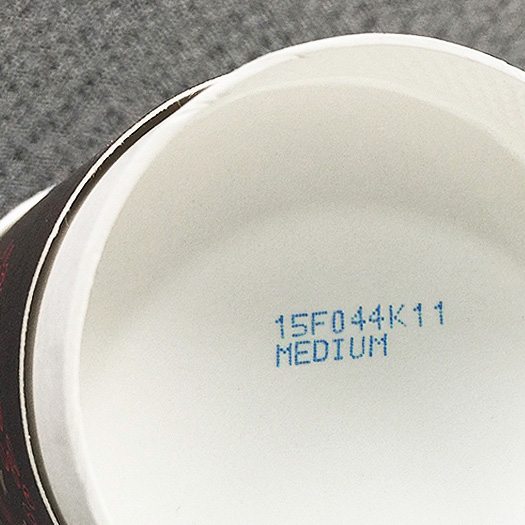Videojet Technologies has formulated two new environmentally-friendly colored inks for the food and beverage packaging industry that reduce packaging waste and increase productivity.
Global food and beverage retailers regularly face public pressure to reduce their packaging scrap and waste to landfill sites.
According to the US Environment Protection Agency, containers and packaging contribute to more than 23% of the material reaching landfill sites in the U.S.; some of these materials are food-related containers and packaging.
“Single-use food and beverage packaging is a large source of landfill waste,” says Heidi Wright, business unit manager, supplies.
“In fact, the new blue and green inks have been specifically designed to help solve a global retailer’s problem with packaging waste, helping to reduce such waste commonly found in landfill sites.”
Many paper cups are coated with plastic, and therefore cannot be recycled.
Using colors to differentiate between disposable packaging sizes has helped a fast food establishment eliminate scrap and increase process efficiency by identifying the correct packaging size the first time around.
These new blue and green colored inks are the latest addition to the vast selection of fluids optimized for the Videojet 1000 Line of continuous inkjet or CIJ printers.
The inks have been designed for printing high-contrast codes on light colored surfaces, and are also excellent for printing on untreated polyethylene and polypropylene substrates typically found in the food packaging industry.
They also offer excellent adhesion on plastics, metals and coated paperboards, as well as other general purpose substrates including paper, wood, ceramic and glass.
The environmentally-friendly colored inks use an ethanol/ acetone based formulation, making them ideal for high-speed packaging lines that require fast drying time.
Their quick-dry properties and exceptional ink adhesion removes ink smudging and helps the code to survive abrasion caused by product-to-product contact, typically found during product stacking or production line transport.










